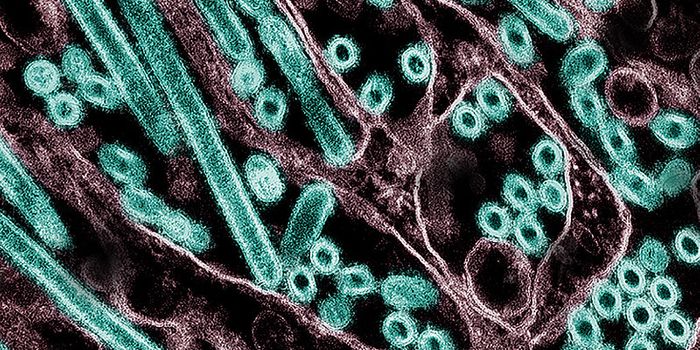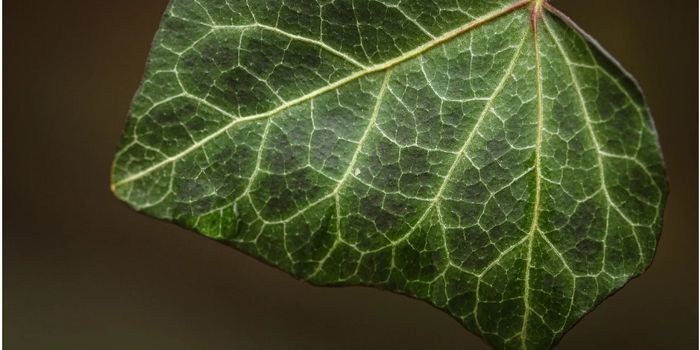Conservationists Introduce 6 Critically Endangered Black Rhinos to Chad
Native to South Africa, the black rhinoceros is just one of many rhino species recognized by the International Union for Conservation of Nature (IUCN) for looming dangerously close to the brink of extinction. A survey conducted by the African Wildlife Foundation estimates that there are only about 5,500 of the animals alive today.
Image Credit: Stefan Heunis/Agence France-Presse — Getty Images
Years of illegal poaching burdened the species and produced these unfortunate circumstances, and now, animal conservationists are doing everything they can to turn things around.
Just this week, conservationists introduced six black rhinoceroses to the Chad-based Zakouma National Park. It’s only one of many attempts to repopulate various African countries with black rhinoceroses in the hope that it may stunt the genuine possibility of extinction.
The animals arrived at the park by way of airlift and were sedated just before transportation for the safety of the animals and the folks handling them. Conservationists say it’s the first time black rhinoceroses have meandered Chad’s grounds in almost 50 years.
“My fervent hope is that this reintroduction will contribute to the strengthening of conservation,” said South African ambassador Titus Matlakeng in a statement to Chad.
Related: World’s last male Northern white rhino passes away
But Matlakeng wasn’t the only one with words of wisdom concerning the conservation event; Chad’s ambassador, Sagour Mahamat, had this to say:
“It is a mark of the strength of our partnership with African Parks and the transformation of Zakouma into a secure sanctuary that we are now able to bring rhinos back to Chad where they will receive enduring protection.”
“Their reintroduction signifies an important advancement in the restoration of the park, furthering its potential as a conservation area to contribute through tourism to local economies and social development,” Mahamat continued.
But why Zakouma National Park? Mostly because it's a sanctuary where the animals can live and reproduce in peace, without the worry of illegal poaching taking place. In fact, it’s probably the safest place in Chad for these conservation efforts to go down.
Similar reintroduction efforts have taken place in other parts of Africa, including Botswana and Malawi. This ‘divide and conquer’ way of thinking could spawn new populations of black rhinos across the continent and increase total population count, moving the species further away from extinction in the process.
It should be interesting to see how effective these attempts prove to be in the long run. After all, it’s always great when conservation attempts succeed.
Source: Independent, NYTimes









